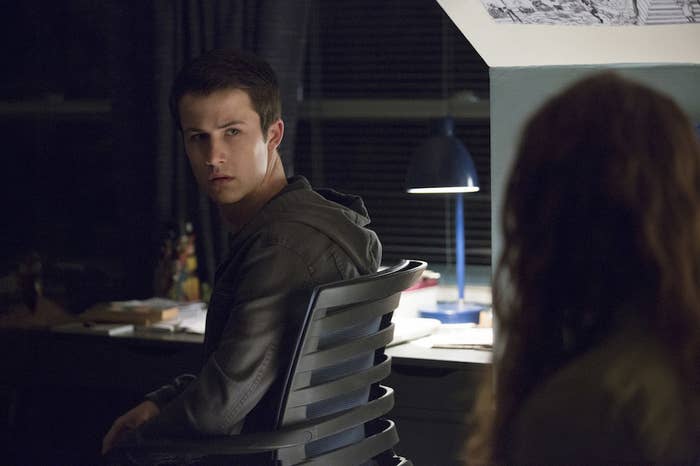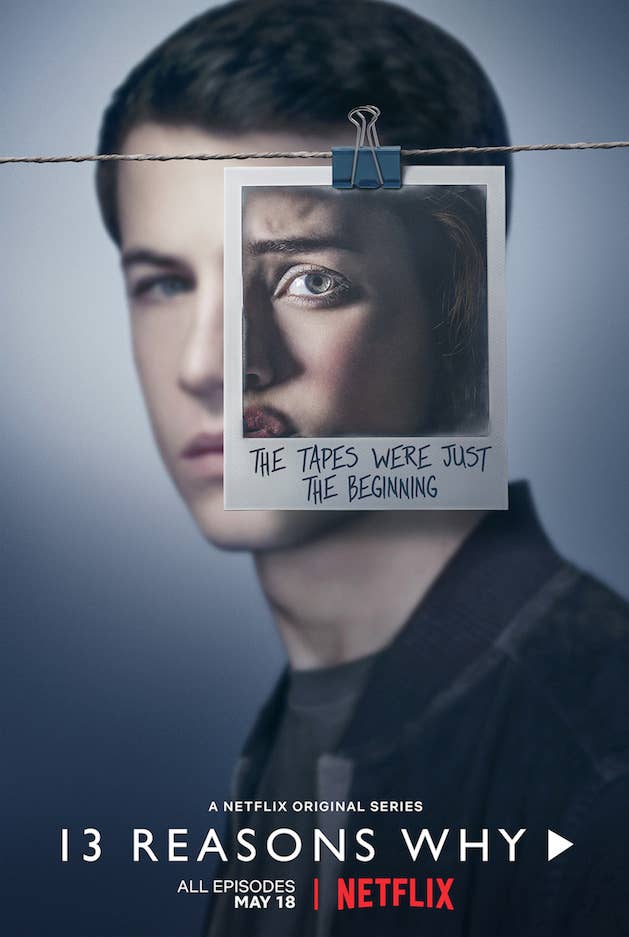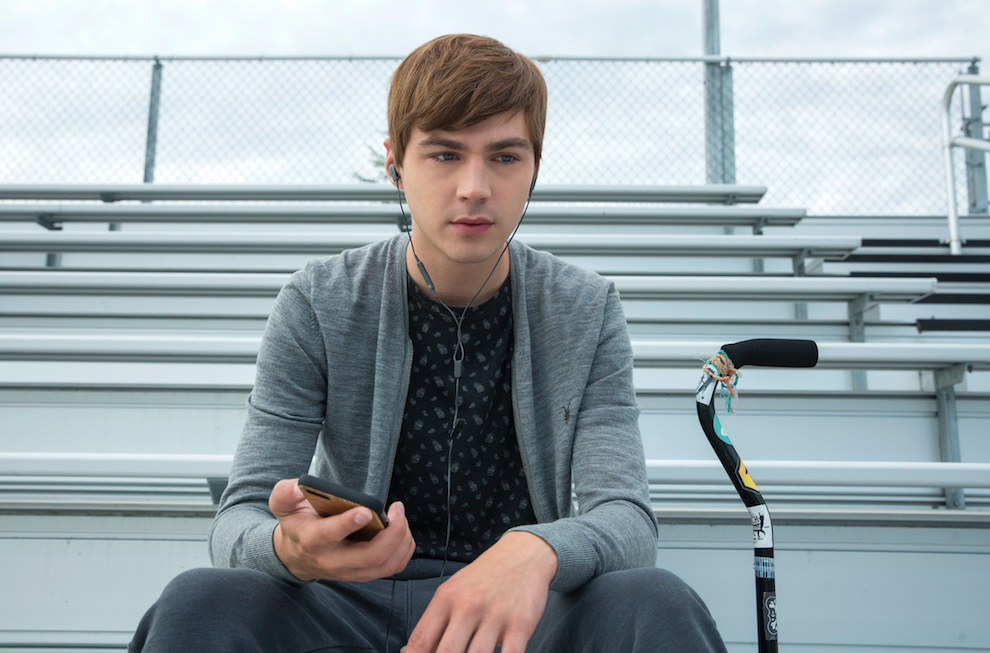
VALLEJO, California — While some critics contended 13 Reasons Why didn’t need a second season, the creator and stars of the popular Netflix show told BuzzFeed News they wanted more episodes to better explore how suicide affects an entire community, not just the person who kills themselves.
“The beauty of being able to come back for Season 2 is being able to show that things don’t end when someone’s life does,” said Katherine Langford, who plays teen suicide victim Hannah Baker.
13 Reasons Why became an international phenomenon when it premiered on the streaming platform last year, showing up in memes and promposals, and also becoming the most tweeted about show of 2018. But it also generated a litany of critical press coverage from people concerned that the series glamorized suicide and recklessly portrayed mental illness.
Sensitive to this criticism, showrunner Brian Yorkey told BuzzFeed News his team has worked hard to tell “the most honest, compelling, meaningful story we can as truthfully as we can.” This means also providing a realistic exploration of how other characters grappled with the traumatic aftermath of Hannah’s suicide.
“All the people that Hannah left behind were just beginning the process of healing, knowing what to do next with their lives, and knowing how to move forward,” he said.
Producer Joy Gorman echoed Yorkey, saying, “I always felt like we were listening to Hannah tell her story from her most despondent moment. She’s gotten to the end once she’s made those tapes, and we’re also filtering them through Clay Jensen’s experience of listening to the girl he had on a pedestal and was in love with. So what was that experience for all these other kids?”
Talking about the way suicide is portrayed in the upcoming season, Langford said, “[Season 2] addresses how people react to these kinds of events, and then on a much larger level, I think it points out certain characteristics of overall human behavior and how we act as a society. … This stuff is ingrained in us as a society and it trickles down.”
Dylan Minnette, who plays Clay, told BuzzFeed News that Hannah’s suicide continues to loom large over the other characters this season.

“Hannah’s story is still such an existing factor this year,” he said. “People have a lot of opinions about her interactions with these characters that we know but we didn’t know about yet and how that plays into the overarching issue at hand here about what she did."
The show has made some significant changes in the way it's preparing to launch Season 2, which premieres on Netflix on May 18, in an effort to make sure 13 Reasons Why doesn't endanger young lives.
The first season did include warnings about the show's content, but now there's a brand-new video that features cast members talking to the audience as themselves, not their fictional characters, that will play before the start of the show.
“13 Reasons Why is a fictional series that tackles tough, real-world issues,” Justin Prentice, who plays Bryce Walker, says in the video.
“If you are struggling with these issues yourself, this series may not be right for you, or you may want to watch it with a trusted adult,” continues Alisha Boe, who plays Jessica Davis.
There will also be a downloadable discussion guide on 13reasonswhy.info, a website of resources about the show. Additionally, Netflix will stream another aftershow, similar to the 30-minute short documentary Beyond the Reasons that followed Season 1.
Yorkey, the showrunner, also said that when developing Season 2, the production team hired new additional experts in mental health and sexual assault to advise them on their storylines. These consultants provided information about the real-life implications of some of the topics addressed on the show, explaining how particular scenarios would play out in real life — with an “attentive, young audience” in mind.
At the beginning of Season 2’s first episode, viewers find out the fate of Alex Standall (Miles Heizer), who shot himself at the end of the first season as a result of being depressed because of Hannah’s suicide. Some critics argued it was dangerous for the show to bleakly end its first season with another character attempting suicide, but Yorkey said he and the other writers wanted to explore what it would look like for a copycat suicide to occur at the fictional Liberty High School because “unfortunately copycat suicides are incredibly common ... especially for someone impacted by that first suicide.”
Yorkey said he wanted to show the impact Hannah’s death had on Alex, something that his own friends looked past even when he was subtly asking for help and signaling that he was struggling.
“The signs are there when he falls into [Bryce’s] pool when he acts out in a way that’s uncharacteristic of him,” Yorkey said. “The signs are there, but you tend not to see them the first time through because you’re looking at other people. And that is unfortunately so true of what happens in life.”

Yorkey said the purpose of including Alex’s copycat suicide in Season 1, and his ultimate recovery in Season 2, is to send a message to viewers that suicide is never the answer.
“The central thing I hope it conveys, which I think is what we also really wanted to convey with Hannah’s story, is that suicide or attempting suicide is the wrong choice. It’s always the wrong choice,” he said. “And that it’s not only the wrong choice for the person involved but for the web of people who are connected to them in their lives.”
More than anything, he hopes this season, like the last, prompts more honest discussion around the sensitive issues of suicide and mental health.
“Silence, in the case of things like teen suicide and sexual assault and teen mental health, is the enemy,” he said. “Silence is the real killer and even if — and especially if — people disagree, the conversation is the most important thing.”


